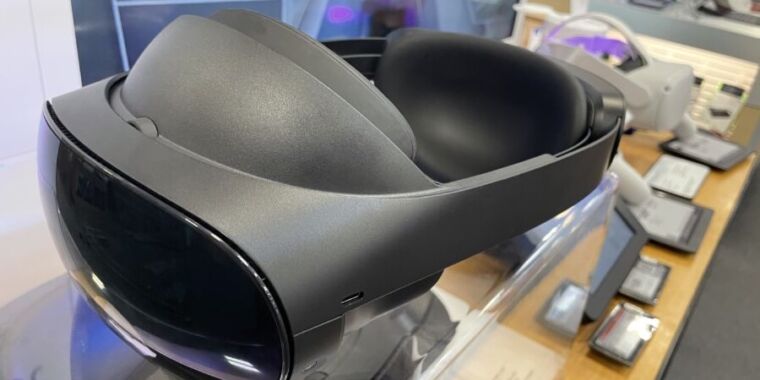
Trevor Mahlmann
A Falcon 9 rocket blasted into the starry sky above Florida early on Thursday morning, sending four astronauts safely on their way into low-Earth orbit.
This mission, flown by SpaceX for NASA, will deliver the astronauts to the International Space Station after a 24.5-hour flight to synch up with the orbiting laboratory. During this time, under nominal operations, Dragon will fly entirely autonomously.
SpaceX is conducting its sixth operational human spaceflight for NASA, and accordingly this mission is named Crew-6. The Falcon 9 rocket’s first stage, shiny and clean on the launch pad, was actually flying its very first mission, but the Dragon spacecraft is making its fourth overall flight, the most times that any Crew Dragon vehicle has flown into space. Previously this Dragon, named Endeavour, flew NASA’s Demo-2 and Crew-2 missions, as well as Axiom Space’s Ax-1 private spaceflight to and from the International Space Station.
The picture perfect liftoff came after the launch of this rocket was scrubbed two days earlier, on February 27, with only about two minutes left in the countdown due to an issue with the ignition system. NASA and SpaceX traced the problem to clogged filter in the ground systems that support the rocket up until the moment of launch. Due to this problematic filter, the proper amount of TEA-TEB, a fluid used to ignite the rocket’s Merlin 1D engines, was not reaching the first stage of the vehicle. SpaceX replaced the filter and reset the countdown.
Thursday morning’s flight carried NASA astronauts Stephen Bowen, the mission commander, and Warren “Woody” Hoburg, its pilot, along with United Arab Emirates astronaut Sultan Alneyadi and Roscosmos cosmonaut Andrey Fedyaev, both mission specialists.
Just prior to launch, Bowen offered these words to the SpaceX launch team: “Once more unto the breach, dear friends. Crew-6 is ready for launch.” Bowen was quoting from Shakespeare’s play “Henry V.”
After the Falcon 9 rocket separated—with the second stage and Dragon motoring toward orbit—the first stage burned back toward Earth. A few minutes later it made a bullseye landing on the Just Read The Instructions drone ship.
Upon reaching orbit, Hoburg was clearly pumped about the heart-pounding experience he had just gone through. “As a rookie flier, that was one heck of a ride, thank you,” he radioed back to SpaceX’s flight control center. “I would say this is an absolute miracle of engineering and I just feel so lucky that I get to fly on this amazing machine.”
A little more than seven years have passed since the Falcon 9 rocket made its first successful landing back on Earth. That was just SpaceX’s 20th launch of the Falcon 9 rocket. Monday morning’s launch was the 207th overall flight of the rocket. For a time, after that first landing, SpaceX had several misses as it continued to experiment with landing on a drone ship, as well as enduring a few mishaps.
However, since a drone ship landing failure in February 2021, SpaceX had reeled off 100 consecutive successful booster landings. Monday morning’s return made for lucky no. 101.








